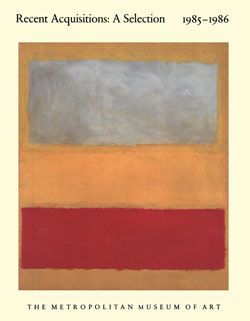Teapot
German, Dresden mounts and Indian, Mughal crystal
From the turn of the seventeenth century until about 1725, the Saxon court at Dresden flourished as a center for the production of fanciful decorative objects in which goldsmiths’ work was combined with such varied and exotic materials as jade, rhinoceros horn, and emeralds. Each of these materials—like the ostrich eggs, coral, and coconut shells popular in the previous century— symbolized contact with a remote part of the world; when mounted in gold or silver, they became trophies of European trade and expansion.
Such is the context of this teapot. The ribbed body and cover are of Indian rock crystal, and part of the finial on the lid probably is also Indian. Chased with flowering vines distinctly Eastern in character, the disk of the finial originally served as a platform for two small creatures of which only one, a turtle, has survived. The other mounts are German, and clearly reflect the influence of the Dresden court goldsmith Johann Melchior Dinglinger (1664–1731). The dragon spout emerging from a grotesque mask is almost identical to one carved in sardonyx on an elaborate cup (in the Green Vault, Dresden) made by Dinglinger before 1709 (Erna von Watzdorf, Johann Melchior Dinglinger, Berlin, 1962, vol. I, fig. 236). Lizards and serpents entwine the spout and handle of a gold coffeepot, of 1697–1701, by Dinglinger, also in Dresden (von Watzdorf, op. cit., fig. 136). Despite the similarities, the German mounts on this teapot are not attributable to Dinglinger and were very likely made outside Dresden. Dinglinger’s work is notable for its richness of detail. The relative plainness of these mounts, the technical simplicity of the bands of stamped bead-and-reel ornament, and the unadorned foot ring bespeak the artistry of a craftsman familiar with court fashion and able to translate it into a spirited and engaging style of his own.
Due to rights restrictions, this image cannot be enlarged, viewed at full screen, or downloaded.


